| View previous topic :: View next topic |
| Author |
Message |
Kei


Joined: 08 Jan 2015
Posts: 142
Location: S. Wales UK
|
 Posted: Wed Jan 21, 2015 11:29 pm Post subject: Mamiya Sekor 150mm F2.8 Posted: Wed Jan 21, 2015 11:29 pm Post subject: Mamiya Sekor 150mm F2.8 |
 |
|
Kei wrote:
Tested out the slightly longer 645 lens, first thing that became immediately apparent was how sharp this thing is wide open and how little CA is present too. Only longitudinal CA was evident. Sadly it doesn't focus closer than 1.5m (5ft), but it certainly equals both my tamron SP 180mm f2.5 and my nikkor 80-200mm f2.8 ED. Still got a few more m645 lenses to test yet, but I'm really liking the results so far.
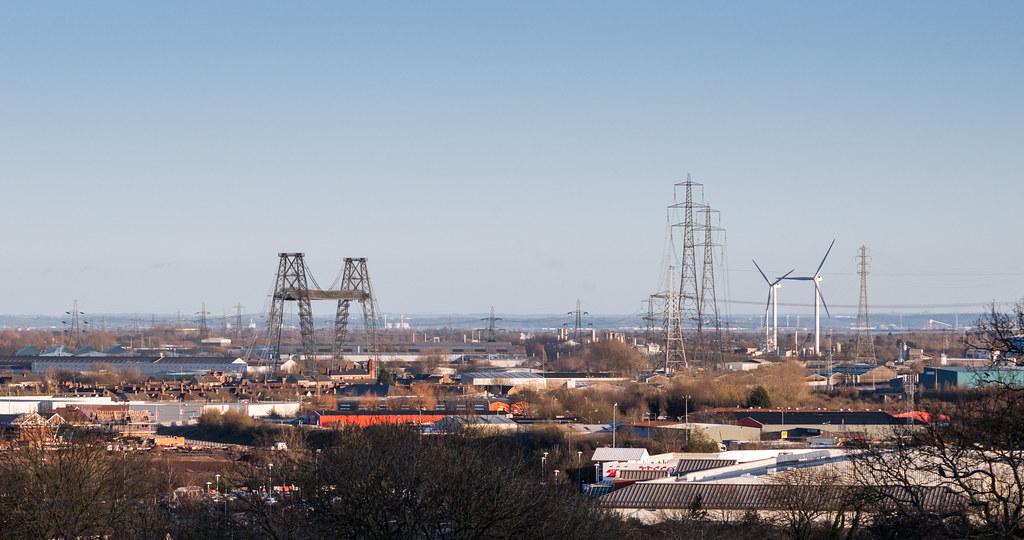 IMG_6887 by --Kei--, on Flickr IMG_6887 by --Kei--, on Flickr
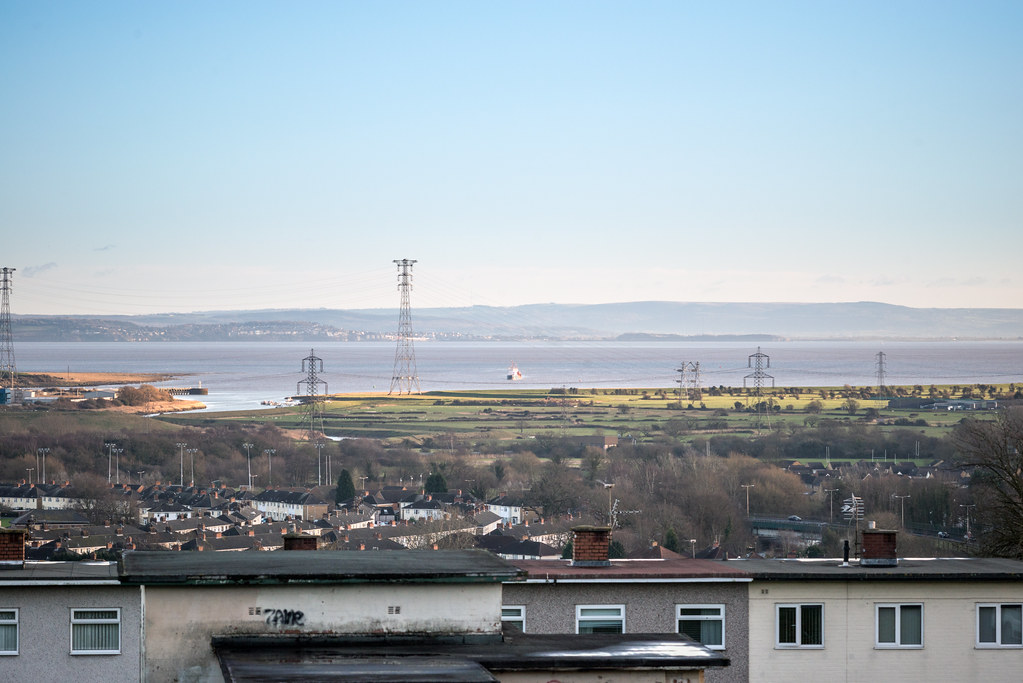 IMG_6879 by --Kei--, on Flickr IMG_6879 by --Kei--, on Flickr
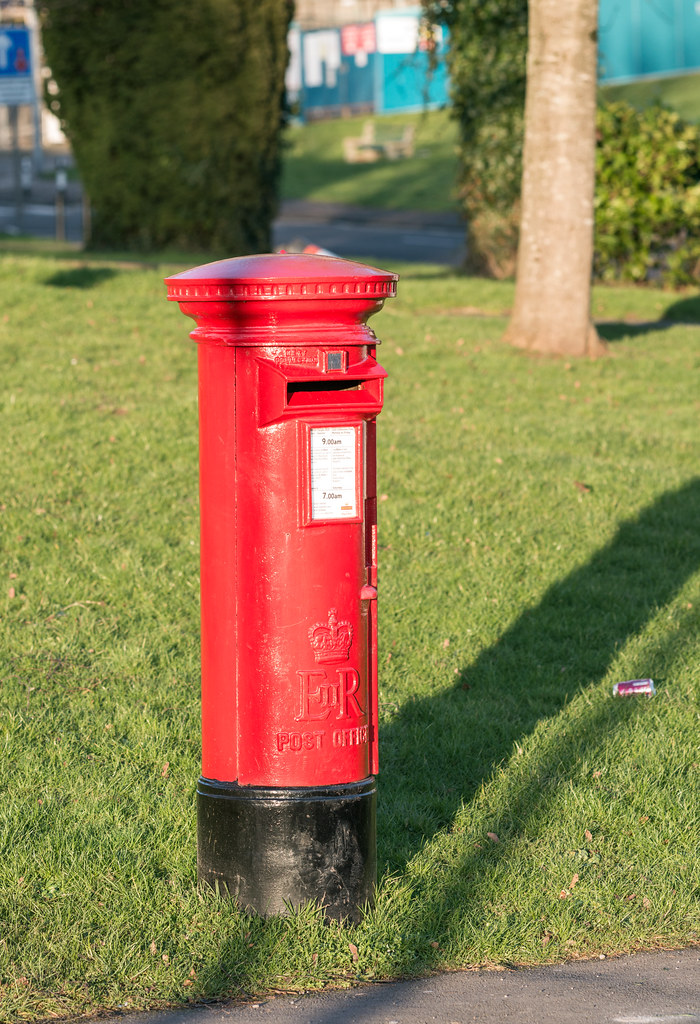 IMG_6890 by --Kei--, on Flickr IMG_6890 by --Kei--, on Flickr
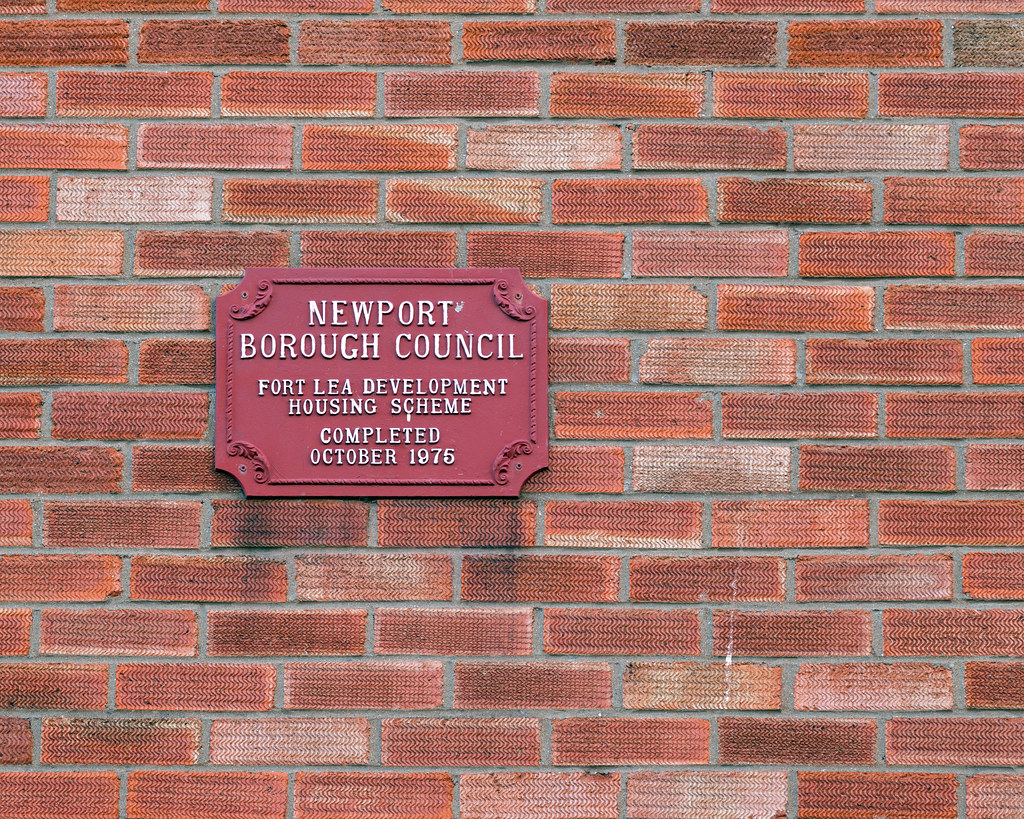 IMG_6894 by --Kei--, on Flickr IMG_6894 by --Kei--, on Flickr
_________________
Contax Zeiss Distagon 35mm f1.4, Zeiss Planar 85mm f1.4, Zeiss Vario-sonnar 35-70mm f3.4
Mamiya RB/RZ67 RZ67 Pro II, 65mm f4 L-A, 75mm f4.5 Shift, 127mm f3.5 K/L
Mamiya m645 645 1000S, 645J, 645AFD M 35mm f3.5 C, 55mm f2.8 AF, 80mm f1.9 N, 80mm f2.8 C, 120mm f4 macro, 150mm f2.8 A, 210mm f4 ULD, 210mm f4 C
Tamron Primes 17mm f3.5, 24mm f2.5, 90mm f2.8, 135mm f2.5, 180mm f2.5, 300mm f5.6
Tamron Zooms 24-48mm f3.5-3.8, 28-80 f3.5-4.2, 35-80 f2.8-3.8, 70-210mm f3.5, 75-250mm f3.5-5.6
Olympus OM Zuiko 24mm f2.8, Zuiko 28mm f2.8, Zuiko 50mm f1.8, Sigma 600mm f8
Nikon MF 24mm f2.8 N.C, 28mm f2 AI-s, 35mm f1.4 AI-s, 50mm f1.2 AI-s, 50mm f1.8 AI-s, 135mm f2.8 AI, 300mm f2.8 AI-s
Nikon AF F5, D810 16mm f2.8 AF-D, 20mm f1.8 AF-S, 55mm f2.8 AF micro, Tokina 100mm f2.8 macro, 80-200mm f2.8 AF-D
Canon FD T90, T50, AT-1, 50mm f1.8, 135mm f3.5
|
|
| Back to top |
|
 |
Sigurd Ruschkowski

Joined: 11 Jul 2014
Posts: 95
Location: Sverige
Expire: 2015-07-17
|
 Posted: Thu Jan 22, 2015 8:33 am Post subject: Posted: Thu Jan 22, 2015 8:33 am Post subject: |
 |
|
Sigurd Ruschkowski wrote:
Yes, it is a nice lens, the 150/2.8 A.
I use it on a FF sensor EOS 5D3. With our without a short extension ring to get closer than 1,5m.
Effective focal length is about 90mm and effective min aperture value is 1,6 
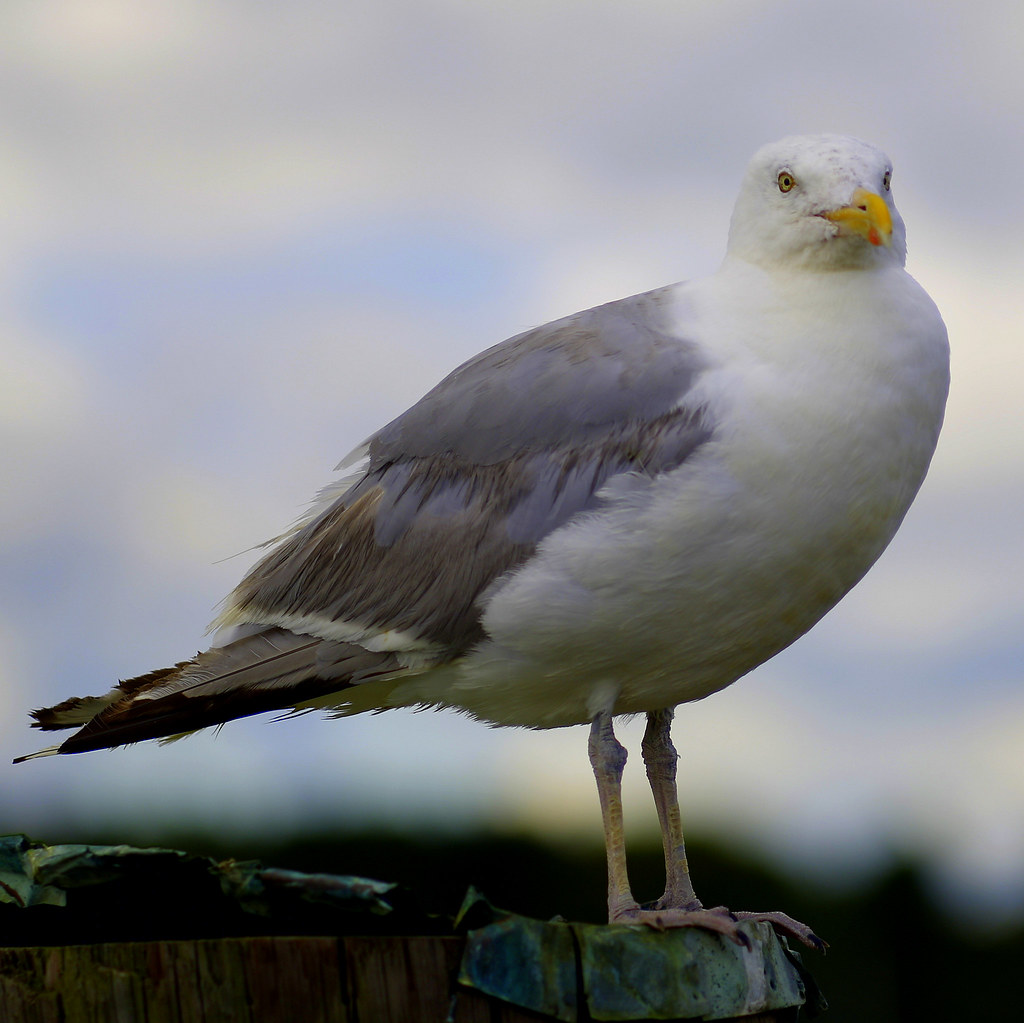 Stonington Seagull by Sigurd Ruschkowski, on Flickr Stonington Seagull by Sigurd Ruschkowski, on Flickr
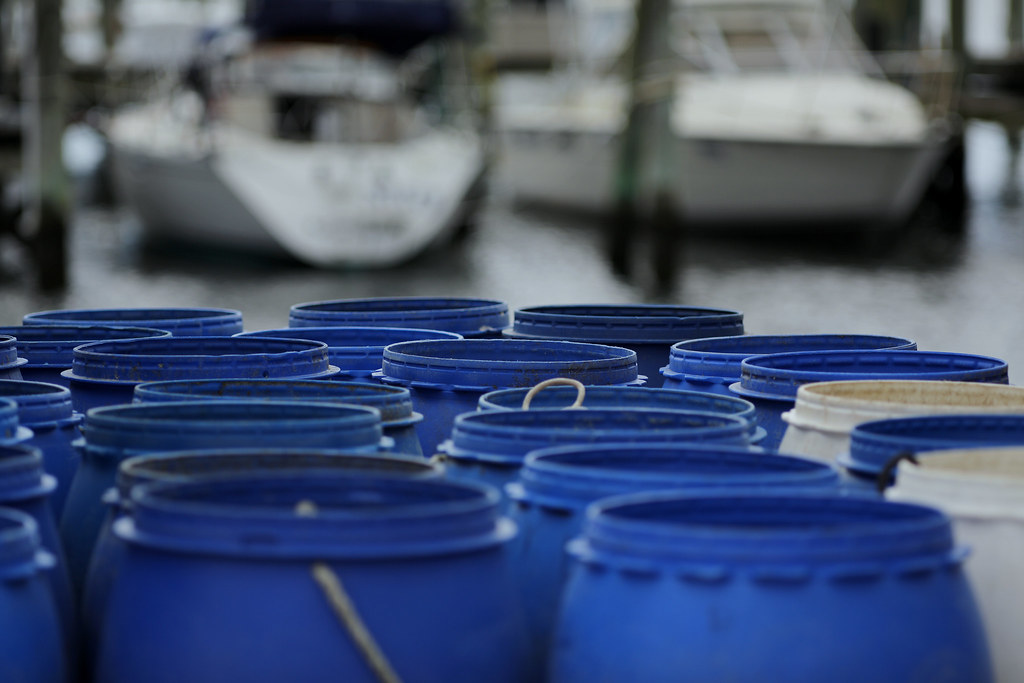 Fish Barrels by Sigurd Ruschkowski, on Flickr Fish Barrels by Sigurd Ruschkowski, on Flickr
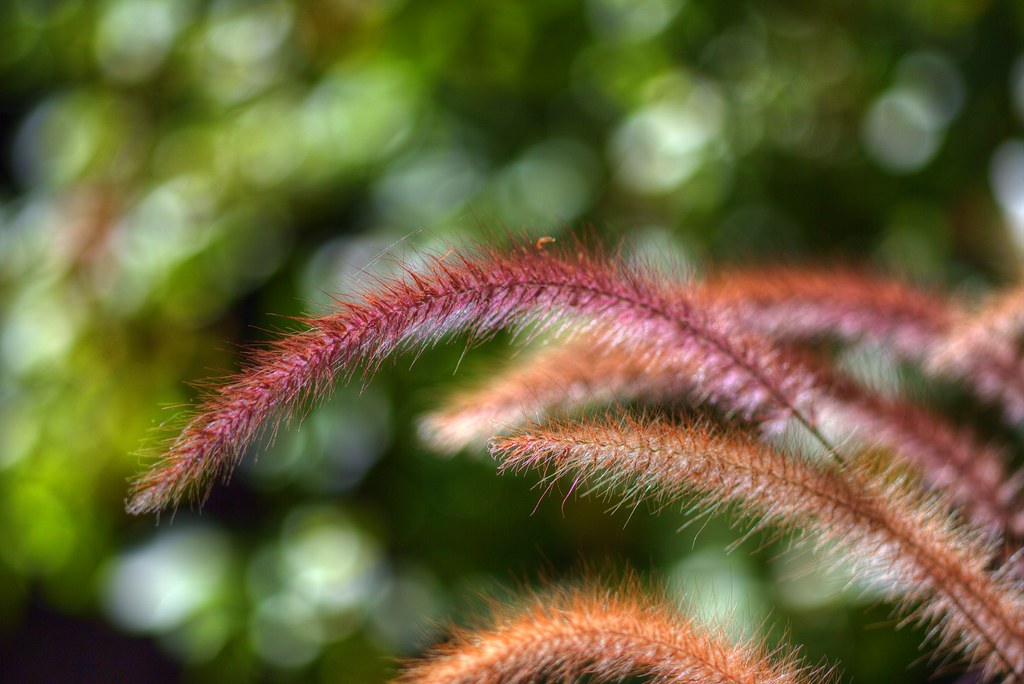 Inverted Moustash Smiles by Sigurd Ruschkowski, on Flickr Inverted Moustash Smiles by Sigurd Ruschkowski, on Flickr
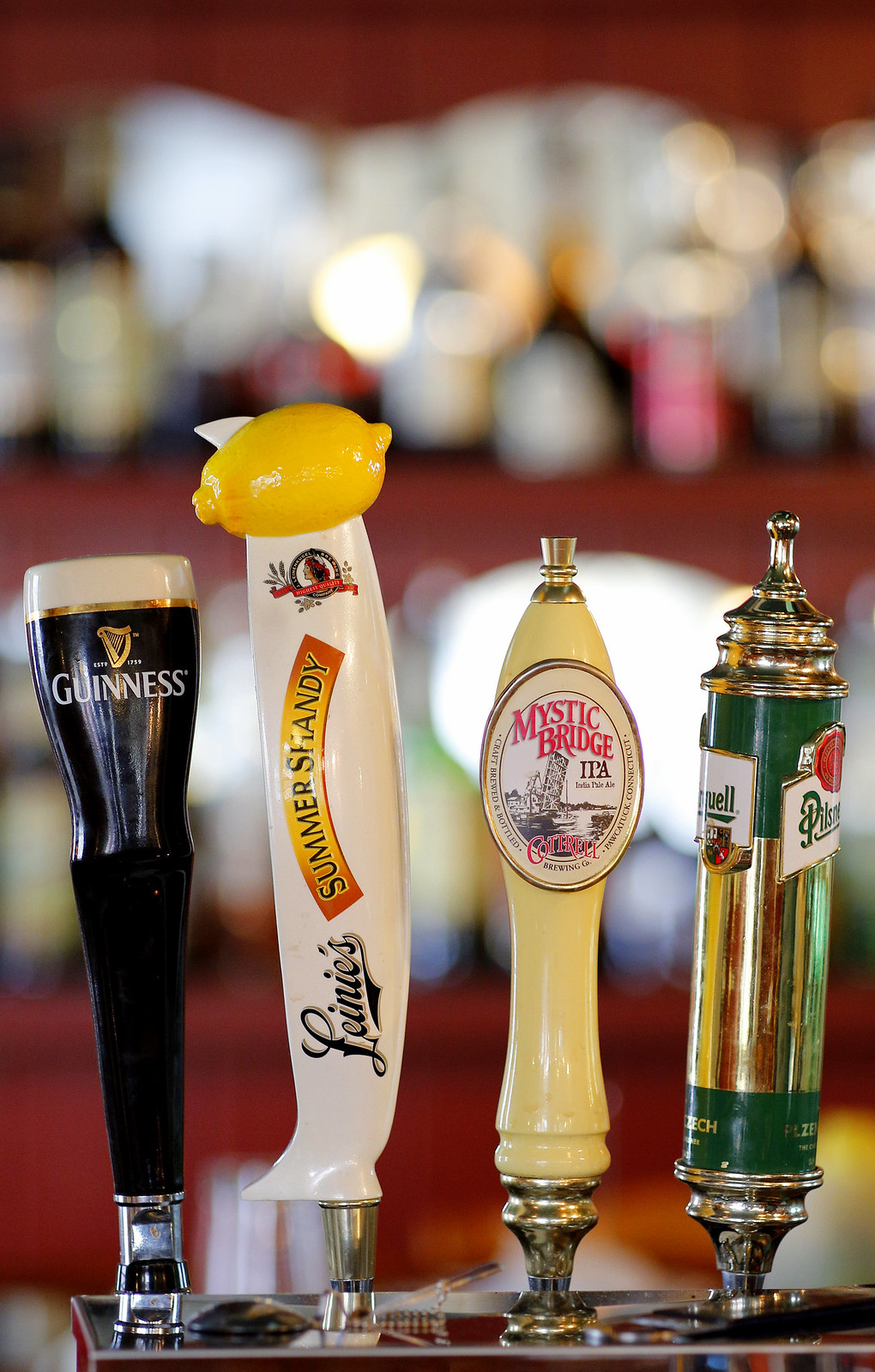 Good Ones Good Ones  by Sigurd Ruschkowski, on Flickr by Sigurd Ruschkowski, on Flickr
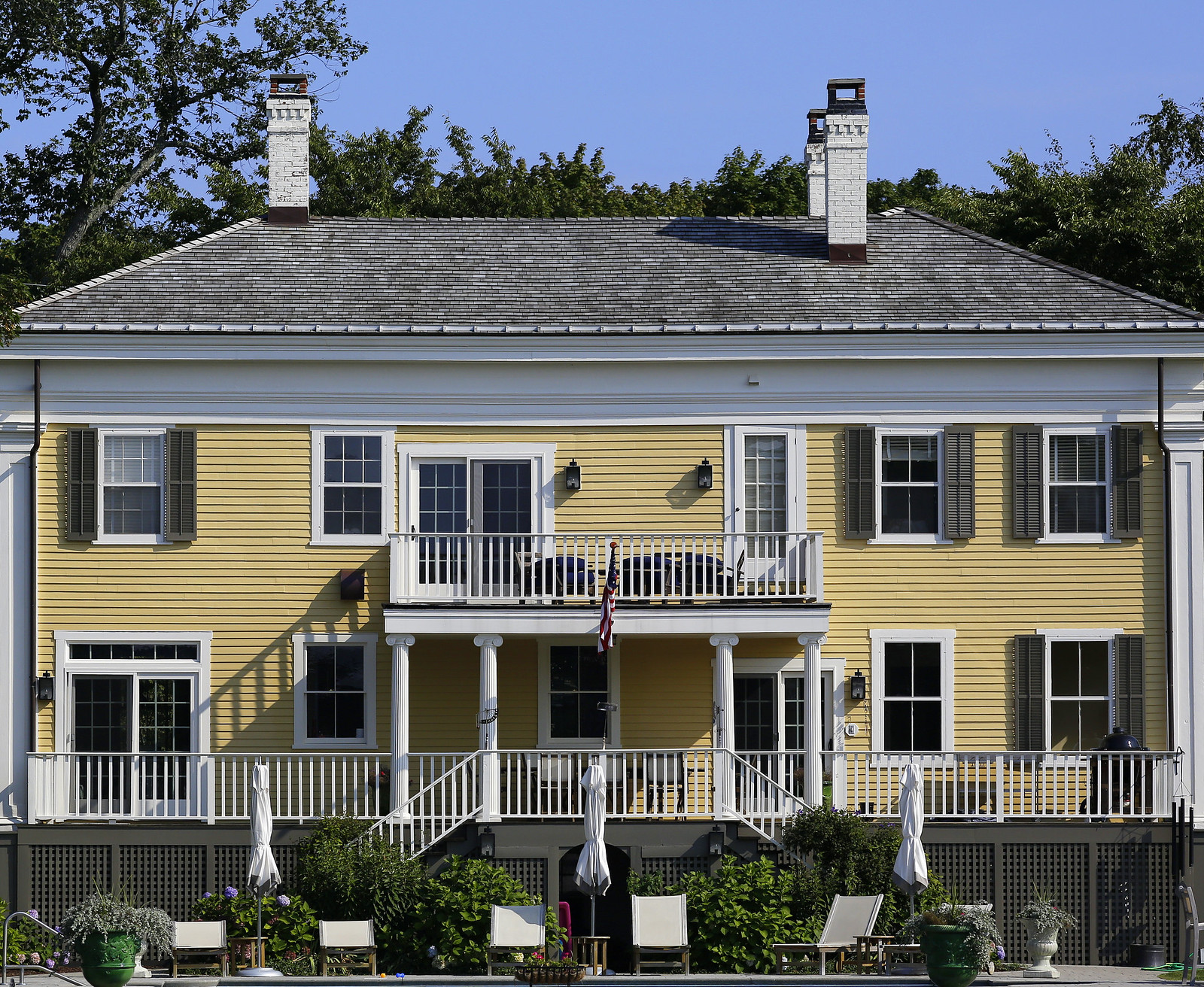 House over looking the Bay by Sigurd Ruschkowski, on Flickr House over looking the Bay by Sigurd Ruschkowski, on Flickr |
|
| Back to top |
|
 |
Minolfan


Joined: 30 Dec 2008
Posts: 3439
Location: Netherlands
|
 Posted: Thu Jan 22, 2015 8:47 am Post subject: Posted: Thu Jan 22, 2015 8:47 am Post subject: |
 |
|
Minolfan wrote:
| Sigurd Ruschkowski wrote: |
Effective focal length is about 90mm and effective min aperture value is 1,6  |
I don't understand that. Do you apply some kind of focal reducer?
Nice samples BTW. |
|
| Back to top |
|
 |
Kei


Joined: 08 Jan 2015
Posts: 142
Location: S. Wales UK
|
 Posted: Thu Jan 22, 2015 11:27 pm Post subject: Posted: Thu Jan 22, 2015 11:27 pm Post subject: |
 |
|
Kei wrote:
The lens is 150mm on 35mm and has the depth of field you'd expect for that focal length at f2.8. On the 645 body, the efective field of view represented in terms of 35mm focal length is a sub 1.0x multiplication, like aps-c is 1.5x, 645 medium format is around 0.6x. Therefore the equivalent depth of field of a 90mm lens is also shallower. (f1.6 in this case, though we don't get that much light in, just the equivalent depth of field) It's confusing as it's backwards to what we're used to with digital. My 80mm f1.9 is equivalent to a 50mm f1.2.
_________________
Contax Zeiss Distagon 35mm f1.4, Zeiss Planar 85mm f1.4, Zeiss Vario-sonnar 35-70mm f3.4
Mamiya RB/RZ67 RZ67 Pro II, 65mm f4 L-A, 75mm f4.5 Shift, 127mm f3.5 K/L
Mamiya m645 645 1000S, 645J, 645AFD M 35mm f3.5 C, 55mm f2.8 AF, 80mm f1.9 N, 80mm f2.8 C, 120mm f4 macro, 150mm f2.8 A, 210mm f4 ULD, 210mm f4 C
Tamron Primes 17mm f3.5, 24mm f2.5, 90mm f2.8, 135mm f2.5, 180mm f2.5, 300mm f5.6
Tamron Zooms 24-48mm f3.5-3.8, 28-80 f3.5-4.2, 35-80 f2.8-3.8, 70-210mm f3.5, 75-250mm f3.5-5.6
Olympus OM Zuiko 24mm f2.8, Zuiko 28mm f2.8, Zuiko 50mm f1.8, Sigma 600mm f8
Nikon MF 24mm f2.8 N.C, 28mm f2 AI-s, 35mm f1.4 AI-s, 50mm f1.2 AI-s, 50mm f1.8 AI-s, 135mm f2.8 AI, 300mm f2.8 AI-s
Nikon AF F5, D810 16mm f2.8 AF-D, 20mm f1.8 AF-S, 55mm f2.8 AF micro, Tokina 100mm f2.8 macro, 80-200mm f2.8 AF-D
Canon FD T90, T50, AT-1, 50mm f1.8, 135mm f3.5
|
|
| Back to top |
|
 |
woodrim


Joined: 14 Jan 2010
Posts: 4060
Location: Charleston
|
 Posted: Mon Jan 26, 2015 1:54 am Post subject: Posted: Mon Jan 26, 2015 1:54 am Post subject: |
 |
|
woodrim wrote:
| Kei wrote: |
| The lens is 150mm on 35mm and has the depth of field you'd expect for that focal length at f2.8. On the 645 body, the efective field of view represented in terms of 35mm focal length is a sub 1.0x multiplication, like aps-c is 1.5x, 645 medium format is around 0.6x. Therefore the equivalent depth of field of a 90mm lens is also shallower. (f1.6 in this case, though we don't get that much light in, just the equivalent depth of field) It's confusing as it's backwards to what we're used to with digital. My 80mm f1.9 is equivalent to a 50mm f1.2. |
That seems convoluted. Aperture is a measure related to light, not depth of field. A 150mm lens is 150mm regardless of what format it is used on, but since the old 35mm format was considered a standard, we use its field of view for offering comparisons when using smaller formats. Granted, the larger the format, the greater the field of view. Depth of field is similar in that you can make those "effective" comparisons, but the actual depth of field does not change. The depth of field as a portion of the image size is greater or more shallow as format size changes, but the depth of field does not change just like the focal length does not change, it's just perception. And f-stops are the same regardless of sensor size.
_________________
Regards,
Woodrim |
|
| Back to top |
|
 |
calvin83


Joined: 12 Apr 2009
Posts: 7575
Location: Hong Kong
|
 Posted: Mon Jan 26, 2015 3:24 am Post subject: Posted: Mon Jan 26, 2015 3:24 am Post subject: |
 |
|
calvin83 wrote:
| woodrim wrote: |
| Kei wrote: |
| The lens is 150mm on 35mm and has the depth of field you'd expect for that focal length at f2.8. On the 645 body, the efective field of view represented in terms of 35mm focal length is a sub 1.0x multiplication, like aps-c is 1.5x, 645 medium format is around 0.6x. Therefore the equivalent depth of field of a 90mm lens is also shallower. (f1.6 in this case, though we don't get that much light in, just the equivalent depth of field) It's confusing as it's backwards to what we're used to with digital. My 80mm f1.9 is equivalent to a 50mm f1.2. |
That seems convoluted. Aperture is a measure related to light, not depth of field. A 150mm lens is 150mm regardless of what format it is used on, but since the old 35mm format was considered a standard, we use its field of view for offering comparisons when using smaller formats. Granted, the larger the format, the greater the field of view. Depth of field is similar in that you can make those "effective" comparisons, but the actual depth of field does not change. The depth of field as a portion of the image size is greater or more shallow as format size changes, but the depth of field does not change just like the focal length does not change, it's just perception. And f-stops are the same regardless of sensor size. |
The focal length and the f-number are the properties of a given lens and they are independent of the sensor format.
For a given focal length and the f-number:
Case A: when the sensor become larger and larger, the field of view will increase.
As a result of the increased field of view, the we need to move closer to the subject to get the exact framing as before. The decrease in focus distance will cause an decrease in depth of field.
Case B: when the sensor become smaller and smaller, the the field of view will decrease.
As a result of the decreased field of view, the we need to move farther from the subject to get the exact framing as before. The increase in focus distance will cause an increase in depth of field.
_________________
The best lens is the one you have with you.
https://lensfever.com/
https://www.instagram.com/_lens_fever/ |
|
| Back to top |
|
 |
woodrim


Joined: 14 Jan 2010
Posts: 4060
Location: Charleston
|
 Posted: Mon Jan 26, 2015 10:33 pm Post subject: Posted: Mon Jan 26, 2015 10:33 pm Post subject: |
 |
|
woodrim wrote:
Calvin: We agree except I too a different approach in explaining the DOF. Although I have heard your explanation before, it just seems so elementary. Whenever you move closer to a subject, while inside of infinity focus, it is understood that the focus must change in the direction away from infinity, thus decreasing DOF. This in no way means a lens provides more or less DOF depending on format size, it's a function of focus. What I attempted to explain is a "perception" of DOF change, not none in reality.
_________________
Regards,
Woodrim |
|
| Back to top |
|
 |
calvin83


Joined: 12 Apr 2009
Posts: 7575
Location: Hong Kong
|
 Posted: Wed Jan 28, 2015 3:47 am Post subject: Posted: Wed Jan 28, 2015 3:47 am Post subject: |
 |
|
calvin83 wrote:
| woodrim wrote: |
| Calvin: We agree except I too a different approach in explaining the DOF. Although I have heard your explanation before, it just seems so elementary. Whenever you move closer to a subject, while inside of infinity focus, it is understood that the focus must change in the direction away from infinity, thus decreasing DOF. This in no way means a lens provides more or less DOF depending on format size, it's a function of focus. What I attempted to explain is a "perception" of DOF change, not none in reality. |
Yes, I think we are describing the same thing using different approach. And we have not include other factors affecting the DOF other than focus distance.
_________________
The best lens is the one you have with you.
https://lensfever.com/
https://www.instagram.com/_lens_fever/ |
|
| Back to top |
|
 |
Sigurd Ruschkowski

Joined: 11 Jul 2014
Posts: 95
Location: Sverige
Expire: 2015-07-17
|
 Posted: Wed Feb 18, 2015 5:09 pm Post subject: Posted: Wed Feb 18, 2015 5:09 pm Post subject: |
 |
|
Sigurd Ruschkowski wrote:
So, do we have consensus on that a 150/2.8 lens for the 645 system, is the equivalent to a 90/1.6 lens on a FF camera?
 A Rose and The Window by Sigurd Ruschkowski, on Flickr A Rose and The Window by Sigurd Ruschkowski, on Flickr
/SR |
|
| Back to top |
|
 |
iangreenhalgh1


Joined: 18 Mar 2011
Posts: 15679
Expire: 2014-01-07
|
 Posted: Wed Feb 18, 2015 6:46 pm Post subject: Posted: Wed Feb 18, 2015 6:46 pm Post subject: |
 |
|
iangreenhalgh1 wrote:
No, it's still a 2.8/150.
_________________
I don't care who designed it, who made it or what country it comes from - I just enjoy using it! |
|
| Back to top |
|
 |
woodrim


Joined: 14 Jan 2010
Posts: 4060
Location: Charleston
|
 Posted: Thu Feb 19, 2015 1:04 am Post subject: Posted: Thu Feb 19, 2015 1:04 am Post subject: |
 |
|
woodrim wrote:
Sigurd: I do know what you are saying about the focal length, but the speed of the lens - the max aperture - never changes and is not used to describe depth of field. The focal length adjustment you are making is just an angle of view thing that is different with each different size sensor. It became customary to offer a crop factor for smaller format (sensor) cameras as a way for people who were accustomed to 35mm to better understand the change in angle of view. It was just a way to relate. 35mm was considered the de facto standard. However, those that used larger formats understood the impact on angle of view and apparently did not need to relate it to 35mm. To my knowledge, the crop factor was never applied in the larger direction. And likewise, medium format lenses have not used crop factors when used on 35mm, mostly because 35mm is the de facto standard.
Those crop factors are just aids for people to adjust their perceptions. The focal length never changes from one format to another. The depth of field never changes either. However, the depth of field may appear greater when moving to a smaller sensor just because of the percentage of area in focus relative to the size of the sensor. The depth of field will "appear" greater, not less when moving to a smaller sensor. But the best approach is to refer to a lens as its stated focal length and stated max aperture.
Now Calvin is going to say the same thing differently.
_________________
Regards,
Woodrim |
|
| Back to top |
|
 |
Sigurd Ruschkowski

Joined: 11 Jul 2014
Posts: 95
Location: Sverige
Expire: 2015-07-17
|
 Posted: Fri Feb 20, 2015 6:08 am Post subject: Posted: Fri Feb 20, 2015 6:08 am Post subject: |
 |
|
Sigurd Ruschkowski wrote:
While I think more about this, and I think it is time to do the math (makes me understand it better), I post two other photos taken with the Mamiya 150/2.8 A mounted on EOS 5D3 FF sensor:
 An Apple Among Circles by Sigurd Ruschkowski, on Flickr An Apple Among Circles by Sigurd Ruschkowski, on Flickr
--------
 Colour Mix by Sigurd Ruschkowski, on Flickr Colour Mix by Sigurd Ruschkowski, on Flickr
/SR |
|
| Back to top |
|
 |
Kei


Joined: 08 Jan 2015
Posts: 142
Location: S. Wales UK
|
 Posted: Fri Feb 20, 2015 11:54 am Post subject: Posted: Fri Feb 20, 2015 11:54 am Post subject: |
 |
|
Kei wrote:
Having done some reading on circles of confusion yesterday, you'd be surprised to hear that there is more depth of field available on a mamiya ZD (0.039cm) or pentax 645D (0.05cm) than there is on a FF D800 (0.03cm). Of course, this is the inverse of what I expected.
Not taken many more with this lens. (probably because I have so many lenses around the same length) Here are the few.
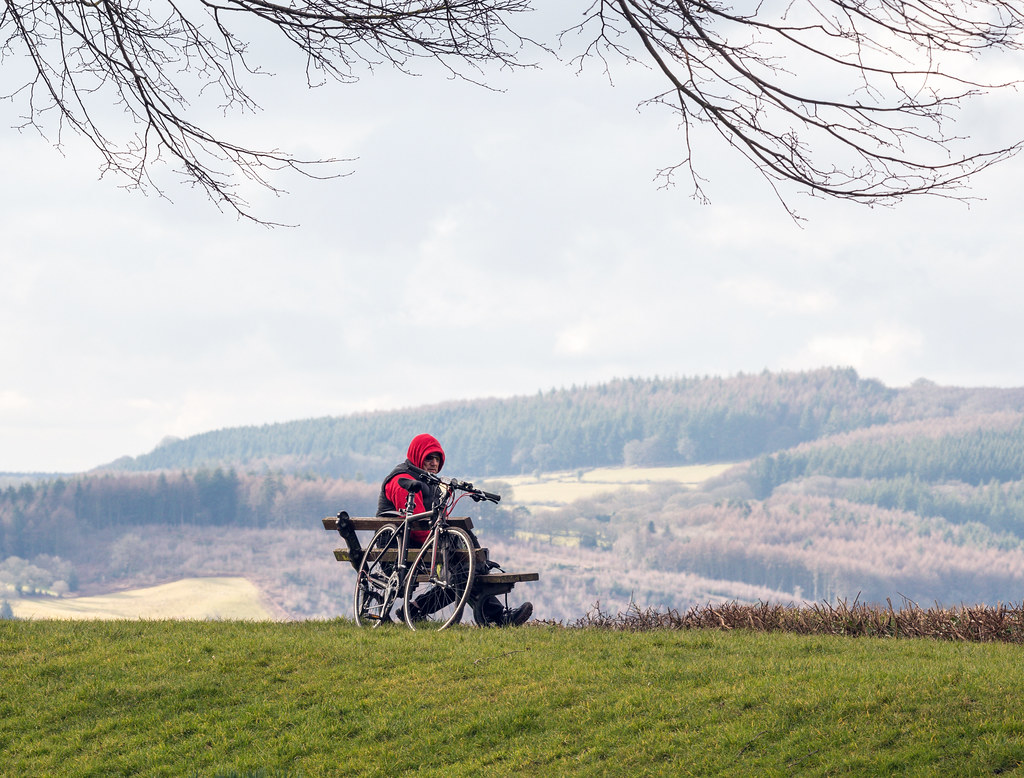 Taking a break by --Kei--, on Flickr Taking a break by --Kei--, on Flickr
 Ridgeway by --Kei--, on Flickr Ridgeway by --Kei--, on Flickr
 Ridegway by --Kei--, on Flickr Ridegway by --Kei--, on Flickr
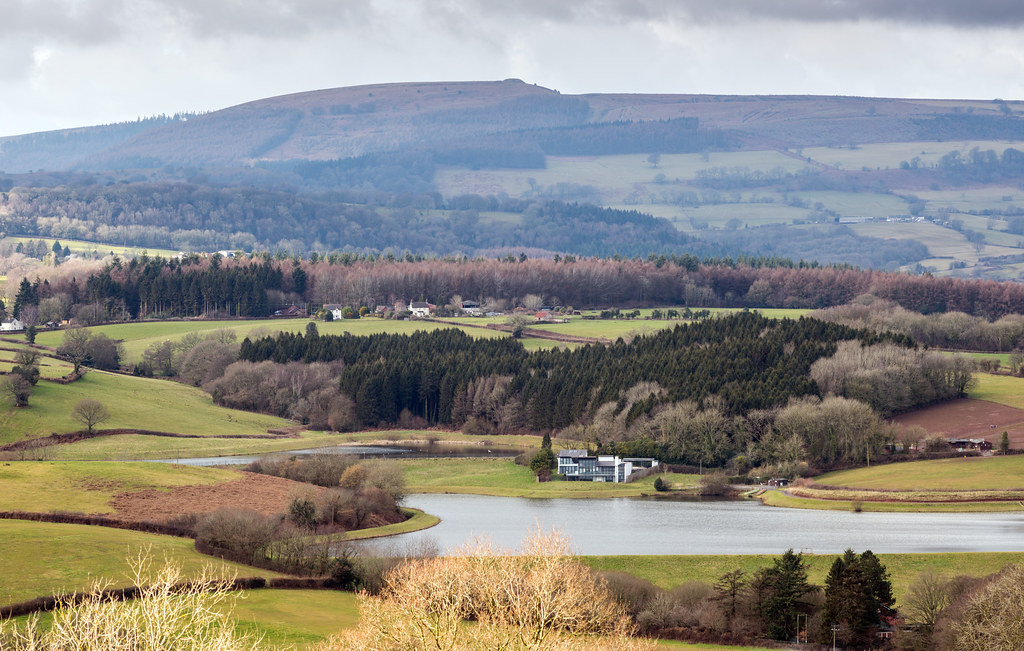 Twmbarlwm by --Kei--, on Flickr Twmbarlwm by --Kei--, on Flickr
_________________
Contax Zeiss Distagon 35mm f1.4, Zeiss Planar 85mm f1.4, Zeiss Vario-sonnar 35-70mm f3.4
Mamiya RB/RZ67 RZ67 Pro II, 65mm f4 L-A, 75mm f4.5 Shift, 127mm f3.5 K/L
Mamiya m645 645 1000S, 645J, 645AFD M 35mm f3.5 C, 55mm f2.8 AF, 80mm f1.9 N, 80mm f2.8 C, 120mm f4 macro, 150mm f2.8 A, 210mm f4 ULD, 210mm f4 C
Tamron Primes 17mm f3.5, 24mm f2.5, 90mm f2.8, 135mm f2.5, 180mm f2.5, 300mm f5.6
Tamron Zooms 24-48mm f3.5-3.8, 28-80 f3.5-4.2, 35-80 f2.8-3.8, 70-210mm f3.5, 75-250mm f3.5-5.6
Olympus OM Zuiko 24mm f2.8, Zuiko 28mm f2.8, Zuiko 50mm f1.8, Sigma 600mm f8
Nikon MF 24mm f2.8 N.C, 28mm f2 AI-s, 35mm f1.4 AI-s, 50mm f1.2 AI-s, 50mm f1.8 AI-s, 135mm f2.8 AI, 300mm f2.8 AI-s
Nikon AF F5, D810 16mm f2.8 AF-D, 20mm f1.8 AF-S, 55mm f2.8 AF micro, Tokina 100mm f2.8 macro, 80-200mm f2.8 AF-D
Canon FD T90, T50, AT-1, 50mm f1.8, 135mm f3.5
|
|
| Back to top |
|
 |
MartinCrabtree

Joined: 10 Jan 2015
Posts: 121
|
 Posted: Fri Feb 20, 2015 4:09 pm Post subject: Posted: Fri Feb 20, 2015 4:09 pm Post subject: |
 |
|
MartinCrabtree wrote:
I quit trying to figure out crop sensor/film/FF jive. If I like what I see in the viewfinder I push the button. Then move on to the image. More time for taking photographs that way. |
|
| Back to top |
|
 |
Kei


Joined: 08 Jan 2015
Posts: 142
Location: S. Wales UK
|
 Posted: Mon Aug 03, 2015 11:21 am Post subject: Posted: Mon Aug 03, 2015 11:21 am Post subject: |
 |
|
Kei wrote:
Seems I've become a mamiya addict as I can't seem to use anything else now. Been using the 150 more than any other lens, it's essentially rendered both my 135 f2.8 and 180 f2.5 obsolete as it's just so fantastic at everything.
Wide open
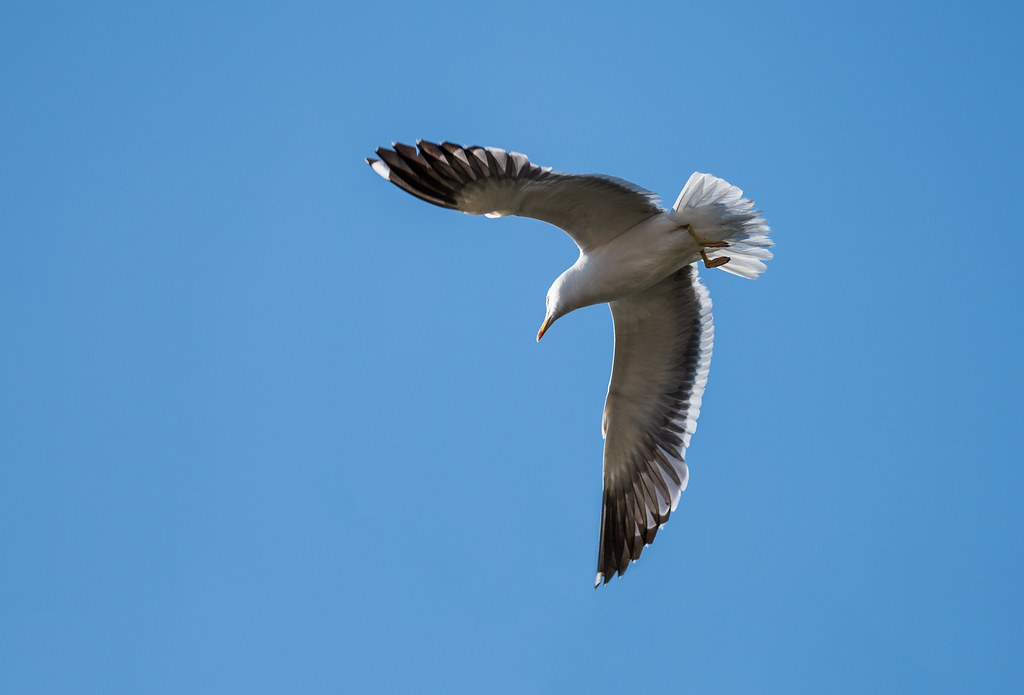 Gull by Kyle, on Flickr Gull by Kyle, on Flickr
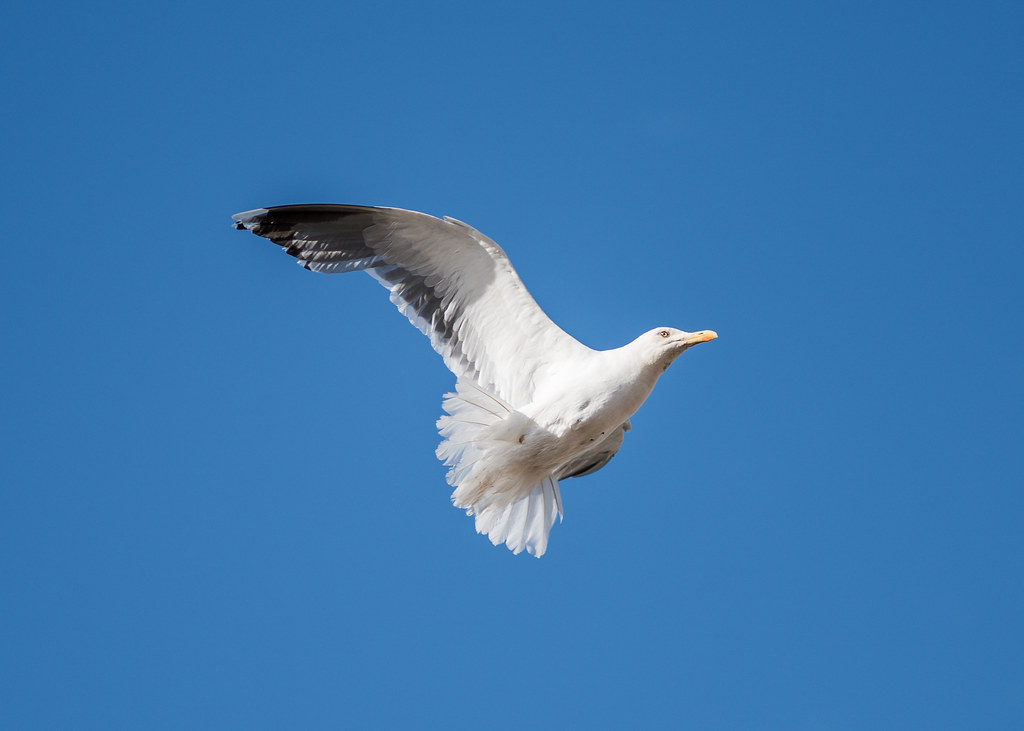 Gull by Kyle, on Flickr Gull by Kyle, on Flickr
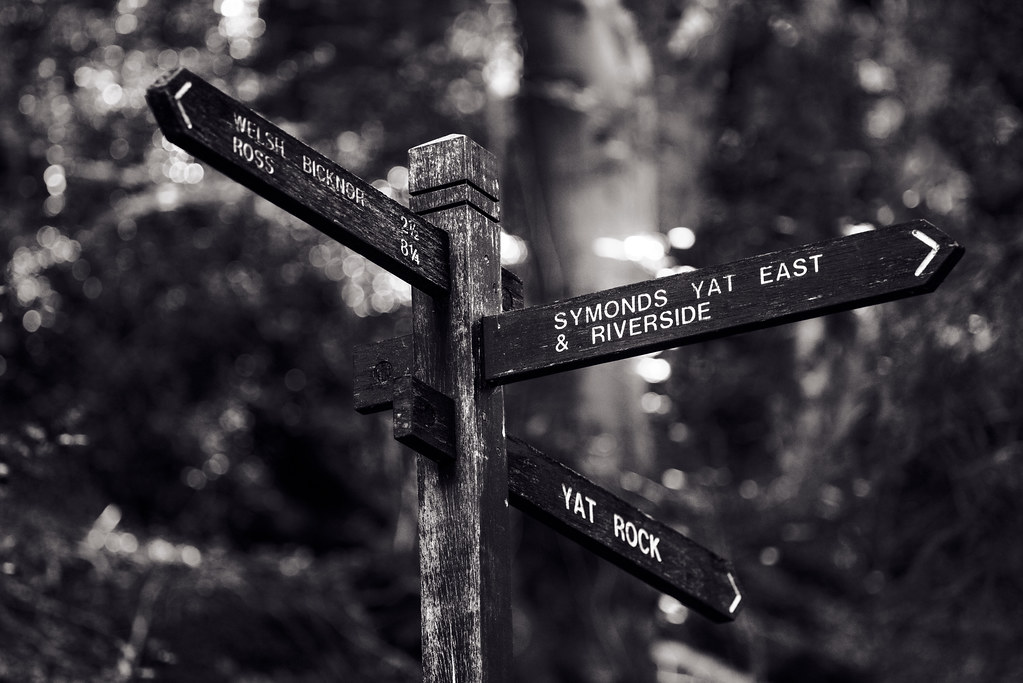 Which Way? by Kyle, on Flickr Which Way? by Kyle, on Flickr
Stopped down a little.
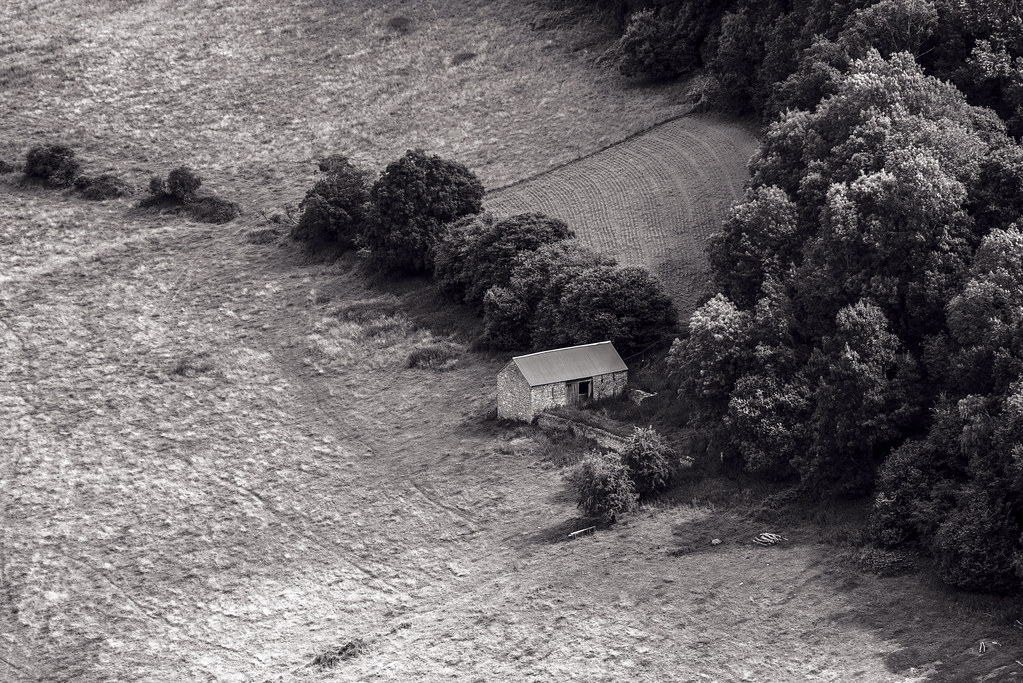 Barn by Kyle, on Flickr Barn by Kyle, on Flickr
 Wye Valley by Kyle, on Flickr Wye Valley by Kyle, on Flickr
 Austin Healey by Kyle, on Flickr Austin Healey by Kyle, on Flickr
Used as a macro (EXT Ring No.3s)
 Fly by Kyle, on Flickr Fly by Kyle, on Flickr
 KMW_9823 by Kyle, on Flickr KMW_9823 by Kyle, on Flickr
_________________
Contax Zeiss Distagon 35mm f1.4, Zeiss Planar 85mm f1.4, Zeiss Vario-sonnar 35-70mm f3.4
Mamiya RB/RZ67 RZ67 Pro II, 65mm f4 L-A, 75mm f4.5 Shift, 127mm f3.5 K/L
Mamiya m645 645 1000S, 645J, 645AFD M 35mm f3.5 C, 55mm f2.8 AF, 80mm f1.9 N, 80mm f2.8 C, 120mm f4 macro, 150mm f2.8 A, 210mm f4 ULD, 210mm f4 C
Tamron Primes 17mm f3.5, 24mm f2.5, 90mm f2.8, 135mm f2.5, 180mm f2.5, 300mm f5.6
Tamron Zooms 24-48mm f3.5-3.8, 28-80 f3.5-4.2, 35-80 f2.8-3.8, 70-210mm f3.5, 75-250mm f3.5-5.6
Olympus OM Zuiko 24mm f2.8, Zuiko 28mm f2.8, Zuiko 50mm f1.8, Sigma 600mm f8
Nikon MF 24mm f2.8 N.C, 28mm f2 AI-s, 35mm f1.4 AI-s, 50mm f1.2 AI-s, 50mm f1.8 AI-s, 135mm f2.8 AI, 300mm f2.8 AI-s
Nikon AF F5, D810 16mm f2.8 AF-D, 20mm f1.8 AF-S, 55mm f2.8 AF micro, Tokina 100mm f2.8 macro, 80-200mm f2.8 AF-D
Canon FD T90, T50, AT-1, 50mm f1.8, 135mm f3.5
|
|
| Back to top |
|
 |
Oldhand


Joined: 01 Apr 2013
Posts: 6005
Location: Mid North Coast NSW - Australia
|
 Posted: Mon Aug 03, 2015 10:50 pm Post subject: Posted: Mon Aug 03, 2015 10:50 pm Post subject: |
 |
|
Oldhand wrote:
One of the great lenses for sure.
You have some excellent results here
Thank you
OH |
|
| Back to top |
|
 |
woodrim


Joined: 14 Jan 2010
Posts: 4060
Location: Charleston
|
 Posted: Mon Aug 03, 2015 10:57 pm Post subject: Posted: Mon Aug 03, 2015 10:57 pm Post subject: |
 |
|
woodrim wrote:
!966/67 Austin-Healey 3000 BJ8, nice. Yours?
_________________
Regards,
Woodrim |
|
| Back to top |
|
 |
iangreenhalgh1


Joined: 18 Mar 2011
Posts: 15679
Expire: 2014-01-07
|
 Posted: Mon Aug 03, 2015 11:00 pm Post subject: Posted: Mon Aug 03, 2015 11:00 pm Post subject: |
 |
|
iangreenhalgh1 wrote:
It's a 150 f2.8 and remains so on a FF sensor.
_________________
I don't care who designed it, who made it or what country it comes from - I just enjoy using it! |
|
| Back to top |
|
 |
Kei


Joined: 08 Jan 2015
Posts: 142
Location: S. Wales UK
|
 Posted: Tue Aug 04, 2015 2:03 pm Post subject: Posted: Tue Aug 04, 2015 2:03 pm Post subject: |
 |
|
Kei wrote:
| woodrim wrote: |
| !966/67 Austin-Healey 3000 BJ8, nice. Yours? |
No, sadly not. I have an old saab 900 turbo in a similar colour.
_________________
Contax Zeiss Distagon 35mm f1.4, Zeiss Planar 85mm f1.4, Zeiss Vario-sonnar 35-70mm f3.4
Mamiya RB/RZ67 RZ67 Pro II, 65mm f4 L-A, 75mm f4.5 Shift, 127mm f3.5 K/L
Mamiya m645 645 1000S, 645J, 645AFD M 35mm f3.5 C, 55mm f2.8 AF, 80mm f1.9 N, 80mm f2.8 C, 120mm f4 macro, 150mm f2.8 A, 210mm f4 ULD, 210mm f4 C
Tamron Primes 17mm f3.5, 24mm f2.5, 90mm f2.8, 135mm f2.5, 180mm f2.5, 300mm f5.6
Tamron Zooms 24-48mm f3.5-3.8, 28-80 f3.5-4.2, 35-80 f2.8-3.8, 70-210mm f3.5, 75-250mm f3.5-5.6
Olympus OM Zuiko 24mm f2.8, Zuiko 28mm f2.8, Zuiko 50mm f1.8, Sigma 600mm f8
Nikon MF 24mm f2.8 N.C, 28mm f2 AI-s, 35mm f1.4 AI-s, 50mm f1.2 AI-s, 50mm f1.8 AI-s, 135mm f2.8 AI, 300mm f2.8 AI-s
Nikon AF F5, D810 16mm f2.8 AF-D, 20mm f1.8 AF-S, 55mm f2.8 AF micro, Tokina 100mm f2.8 macro, 80-200mm f2.8 AF-D
Canon FD T90, T50, AT-1, 50mm f1.8, 135mm f3.5
|
|
| Back to top |
|
 |
iangreenhalgh1


Joined: 18 Mar 2011
Posts: 15679
Expire: 2014-01-07
|
 Posted: Tue Aug 04, 2015 2:56 pm Post subject: Posted: Tue Aug 04, 2015 2:56 pm Post subject: |
 |
|
iangreenhalgh1 wrote:
I'd take a Saab over a Healey any day!
My 900 Turbo has not once failed to start in 12 years and has never broken down, over 100,000 miles and still not had anything major replaced.
_________________
I don't care who designed it, who made it or what country it comes from - I just enjoy using it! |
|
| Back to top |
|
 |
Kei


Joined: 08 Jan 2015
Posts: 142
Location: S. Wales UK
|
 Posted: Tue Aug 04, 2015 7:37 pm Post subject: Posted: Tue Aug 04, 2015 7:37 pm Post subject: |
 |
|
Kei wrote:
I agree with you, certainly wouldn't part with mine for something other than another saab. It'd be nice to have a classic like a healey as a second car though.
Is yours a classic (pre 1993) model? Mine is one of the new gen models, which is wearing well considering it's 20 years old and done 190,000 miles. Suffered from fuel pump failure last year at ~185k, first time it let me down.
_________________
Contax Zeiss Distagon 35mm f1.4, Zeiss Planar 85mm f1.4, Zeiss Vario-sonnar 35-70mm f3.4
Mamiya RB/RZ67 RZ67 Pro II, 65mm f4 L-A, 75mm f4.5 Shift, 127mm f3.5 K/L
Mamiya m645 645 1000S, 645J, 645AFD M 35mm f3.5 C, 55mm f2.8 AF, 80mm f1.9 N, 80mm f2.8 C, 120mm f4 macro, 150mm f2.8 A, 210mm f4 ULD, 210mm f4 C
Tamron Primes 17mm f3.5, 24mm f2.5, 90mm f2.8, 135mm f2.5, 180mm f2.5, 300mm f5.6
Tamron Zooms 24-48mm f3.5-3.8, 28-80 f3.5-4.2, 35-80 f2.8-3.8, 70-210mm f3.5, 75-250mm f3.5-5.6
Olympus OM Zuiko 24mm f2.8, Zuiko 28mm f2.8, Zuiko 50mm f1.8, Sigma 600mm f8
Nikon MF 24mm f2.8 N.C, 28mm f2 AI-s, 35mm f1.4 AI-s, 50mm f1.2 AI-s, 50mm f1.8 AI-s, 135mm f2.8 AI, 300mm f2.8 AI-s
Nikon AF F5, D810 16mm f2.8 AF-D, 20mm f1.8 AF-S, 55mm f2.8 AF micro, Tokina 100mm f2.8 macro, 80-200mm f2.8 AF-D
Canon FD T90, T50, AT-1, 50mm f1.8, 135mm f3.5
|
|
| Back to top |
|
 |
iangreenhalgh1


Joined: 18 Mar 2011
Posts: 15679
Expire: 2014-01-07
|
 Posted: Tue Aug 04, 2015 7:51 pm Post subject: Posted: Tue Aug 04, 2015 7:51 pm Post subject: |
 |
|
iangreenhalgh1 wrote:
Mine is a second gen too, I had two first gens before it. Not sure of the total mileage on mine now, it was at 78,000 when I got it and I think it's just over 200,000 now.
The good thing about the Healey is that they made if out of bits from the Austin parts bin so spare parts are common and cheap. The Healey Sprite is mostly Mini parts and that makes it comparatively cheap to run. Sprites are very popular with the hill climbers as they are so small and agile, albeit not very powerful, about the same as a Mini Cooper and those won plenty of rallies in the 60s. The Saab Sonnet is about the same size as the Sprite.
_________________
I don't care who designed it, who made it or what country it comes from - I just enjoy using it! |
|
| Back to top |
|
 |
jamaeolus


Joined: 19 Mar 2014
Posts: 2968
Location: Eugene
Expire: 2015-08-20
|
 Posted: Wed Aug 05, 2015 10:48 pm Post subject: Posted: Wed Aug 05, 2015 10:48 pm Post subject: |
 |
|
jamaeolus wrote:
Lovely work. I was just perusing the mamiya sekor 645 lenses and there seems to be a bunch of them at quite inexpensive prices. Is it just a glut or are some of them not as good as others? I have several m42 and they seem to be pretty good.
_________________
photos are moments frozen in time |
|
| Back to top |
|
 |
Oldhand


Joined: 01 Apr 2013
Posts: 6005
Location: Mid North Coast NSW - Australia
|
 Posted: Wed Aug 05, 2015 11:19 pm Post subject: Posted: Wed Aug 05, 2015 11:19 pm Post subject: |
 |
|
Oldhand wrote:
| jamaeolus wrote: |
| Lovely work. I was just perusing the mamiya sekor 645 lenses and there seems to be a bunch of them at quite inexpensive prices. Is it just a glut or are some of them not as good as others? I have several m42 and they seem to be pretty good. |
There are no really bad ones and most are very good to excellent.
I think that the "less sharp" are in the wider angle range, so no real sense in trying to adapt them to APSC or even full frame digital in any case, as there are smaller and better lenses around.
From the 80mm upwards all are very good or excellent.
The A lenses are truly superb of course.
Well worth exploring.
OH |
|
| Back to top |
|
 |
|
|
